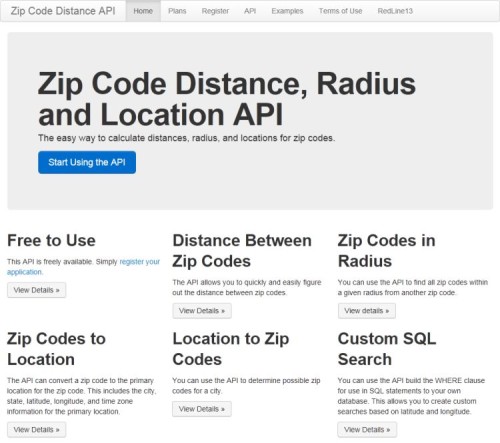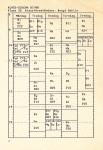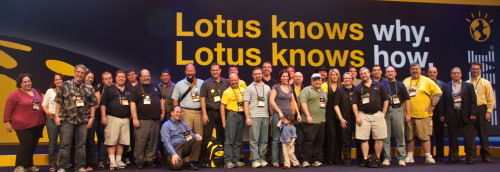The sessions at Lotusphere/Connect are focusing more and more on XPages each year. I don’t think there are really any sessions about classic Notes development this year. Currently I am not able to use XPages at work, due to the client environment we run (Lotus Notes 8.5.2 Basic in Citrix), but the sessions are still great (see video below) and I am learning new things every year. Hopefully we will soon switch the client to IBM Notes 9.0 so I can use all this knowledge to build some really cool and useful applikations for our users.
[embedyt]http://youtu.be/0ViUTfAzoTo[/embedyt]
I am also going to some admin-related sessions, this is an area I am trying to get more knowledgeable in, after our network/Domino administrator left in 2012.
A frequently comparison is that going to Lotusphere is like trying to drink from a fire hose. There is so much info that you can’t take it all in. You will soak up a lot of good and useful information, and if there are things you don’t understand, you can ask the speakers after the sessions, or even later in the week, as you surely will see them around in the hallways, at other sessions. You can also ask questions to the Best Practices speaker at Gurupaloza (Thursday 10am) and the IBM developers at Ask the Developers (Thursday 1.30pm) sessions. The latter is often tongue-in-cheek called Beat the Developers. If you have less technical questions, for example about the future direction of a product or if a particular feature is planned for a future release, don’t miss the Ask the Product Managers (Thursday 11.15am).
Talking about those sessions, here is a friendly reminder: keep the right questions in the right sessions. Every year there is someone who asks questions about future directions of products at Gurupaloza or asks about a particular problem/function in the Product manager session. Doing this irritates the rest of the audience, and causes someone else not to get the time to ask his/her question. Also, if you have a very specific technical question, don’t bring that to these sessions, go see the developers in the lab instead during the week. Nobody is interested in the printing problem one user at your office is having with one specific type of printer… That is a support question.
The most important rule however, is one question per user. If you have two questions, go to the back of the line and wait for your turn. Don’t try to hog the microphone.







